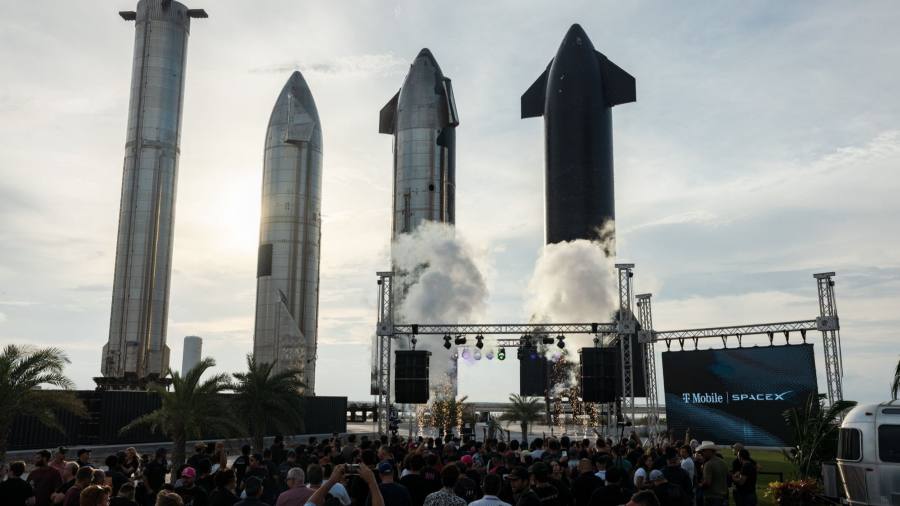
Third time lucky. A Nasa rocket blasted off on a mission to orbit the Moon on Wednesday morning after a couple of launch cancellations. It is part of a longer-term plan to put humans on Mars and reignites a space race with China. The biggest benefits could go to private US space companies, including Elon Musk’s SpaceX.
Nasa’s $93bn Artemis programme uses Boeing as its main rocket contractor for the first mission. Rivals able to cut costs could replace it. According to Nasa inspector-general Paul Martin, each Artemis launch will cost about $4.1bn — a figure he calls “unsustainable”. This is eight times more than Nasa estimated a decade ago.
Privately held SpaceX has a head start. SpaceX has ferried US astronauts to the International Space Station and has a $2.9bn contract to develop a rocket that can land crews on the Moon. Its reusable Starship rocket, which should lower launch costs, is in development.
The Artemis programme sets a series of increasingly ambitious goals. It aims to orbit the Moon, then send a crewed flight, then undertake a lunar landing. Eventually, the plan is to create a base from which to send human explorers further into space.
SpaceX can pencil in Nasa as a client for cost-intensive rocket development. Eventually, it hopes to run its own missions to Mars. Never mind that the planet has about a third of Earth’s gravity and an atmosphere that is 95 per cent carbon dioxide.
Can SpaceX afford the trip? Musk’s fundraising skills are impressive. SpaceX has raised close to $10bn to date. Its last reported valuation was $125bn.
Neatly timed press reports on Wednesday said the business could sell a package of mostly secondary shares. These could increase the notional value of the business to some $150bn.
The company is generating revenue independently of Nasa via Starlink. The satellite broadband company recently partnered with T-Mobile to provide wireless phone coverage in remote areas of the US.
For now, Starlink revenue is just a fraction of the $30bn that Musk is reported to have predicted by 2025. It has more than 400,000 subscribers. Users pay about $110 per year, meaning it would need more than 270mn to meet its goal.
One day, Starlink may dominate satellite communications while SpaceX dominates rocket launches. But today’s Artemis launch demonstrates that it will all take a lot longer than the initial schedule suggests.
If you are a subscriber and would like to receive alerts when Lex articles are published, just click the button “Add to myFT”, which appears at the top of this page above the headline.